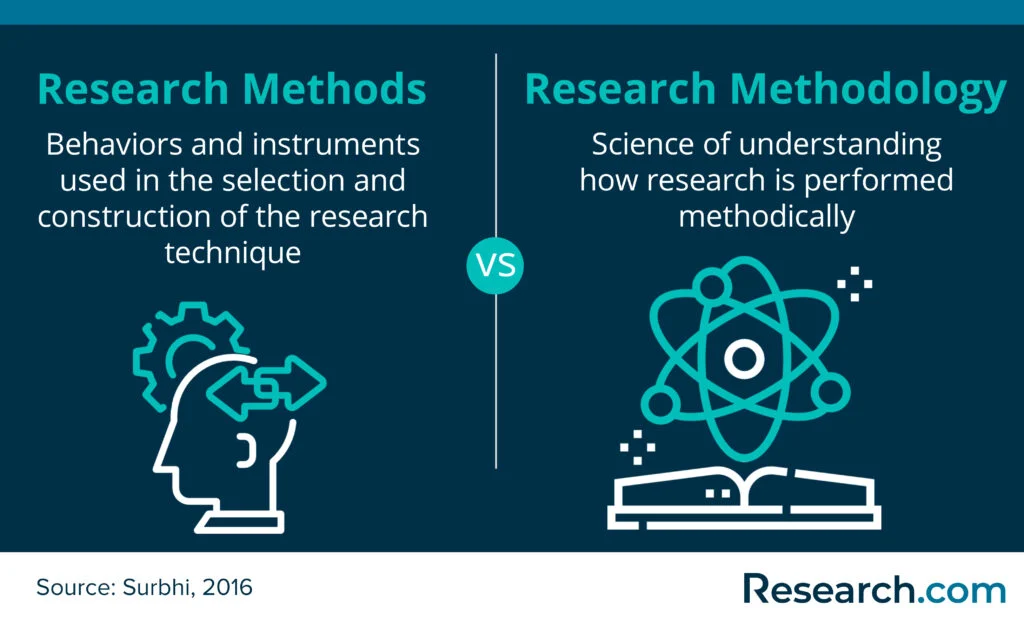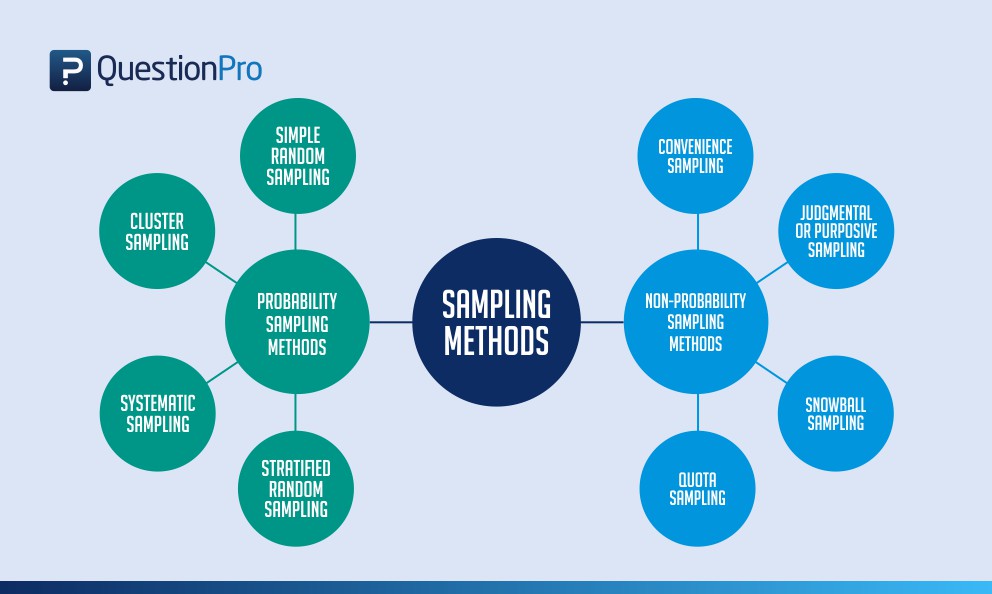“Unlock the secrets to crafting a research paper that stands out!”
Writing a good research paper can be a daunting task for many students. It requires a great deal of research, organization, and writing skills. However, with the right approach, it can be an enjoyable and rewarding experience. This guide will provide you with the necessary steps to write a successful research paper. It will cover topics such as choosing a topic, researching, outlining, writing, and revising. By following these steps, you will be able to create a well-structured and informative research paper.
How to Choose a Topic for Your Research Paper
1. Brainstorm: Make a list of topics that interest you and that you have some knowledge of.
2. Narrow your list: Choose a topic that is specific enough to be covered in the length of your paper.
3. Research: Read up on the topic to gain a better understanding of it.
4. Evaluate: Consider the scope of the topic and the available resources.
5. Refine: Refine your topic to make it more specific and manageable.
6. Consult: Consult with your professor or advisor to make sure your topic is appropriate and feasible.
7. Finalize: Once you have a topic that is both interesting and manageable, you can finalize your choice.
How to Conduct Research for Your Research Paper
1. Identify Your Research Topic: Before you can begin researching for your paper, you must first identify the topic you will be writing about. Consider the course material, your interests, and the assignment requirements to help you narrow down your topic.
2. Develop a Research Question: Once you have identified your topic, you should develop a research question that will guide your research. Your research question should be specific and focused, and should be answerable through research.
3. Gather Background Information: Before you begin researching your topic, it is important to gather background information. This will help you understand the context of your topic and provide you with a better understanding of the subject.
4. Identify Sources: Once you have gathered background information, you should begin to identify sources that will help you answer your research question. Consider using both primary and secondary sources, such as books, journal articles, websites, and interviews.
5. Evaluate Sources: Once you have identified sources, you should evaluate them to determine their credibility and relevance. Consider the author’s credentials, the publication date, and the source’s bias.
6. Take Notes: As you read through your sources, take notes on the information that is relevant to your research question. Be sure to record the source information so that you can cite it in your paper.
7. Analyze Your Sources: Once you have gathered and evaluated your sources, you should analyze them to determine how they relate to your research question. Consider how the sources support or contradict each other, and how they can be used to support your argument.
8. Write Your Paper: Once you have gathered and analyzed your sources, you can begin to write your paper. Be sure to cite your sources and provide evidence to support your argument.
How to Structure Your Research Paper
I. Introduction
A. Background Information
B. Statement of the Problem
C. Purpose of the Study
D. Research Questions
II. Literature Review
A. Overview of the Topic
B. Theoretical Framework
C. Previous Research
III. Methodology
A. Research Design
B. Sample
C. Data Collection
D. Data Analysis
IV. Results
A. Summary of Findings
B. Discussion of Findings
V. Conclusion
A. Summary of the Study
B. Implications for Future Research
VI. References
How to Write an Effective Introduction for Your Research Paper
The introduction of a research paper is one of the most important aspects of the paper. It should provide the reader with an overview of the topic, the research question, and the main points that will be discussed in the paper. It should also provide a brief overview of the methods used to conduct the research. The introduction should be concise and engaging, and should provide the reader with a clear understanding of the purpose of the paper.
When writing the introduction, it is important to keep the tone formal and academic. Avoid using colloquial language or slang, and focus on providing a clear and concise overview of the topic. Begin by introducing the topic and providing some background information. This should include a brief overview of the research question and the main points that will be discussed in the paper.
Next, provide a brief overview of the methods used to conduct the research. This should include the type of research conducted, the sources used, and any limitations of the research. Finally, provide a brief summary of the main findings of the research. This should include a brief overview of the results and any implications for future research.
By following these steps, you can ensure that your introduction is effective and engaging. It should provide the reader with a clear understanding of the purpose of the paper and the main points that will be discussed.
How to Use Sources and Cite Them Properly in Your Research Paper
When writing a research paper, it is important to use sources to support your claims and arguments. It is also important to cite these sources properly in order to avoid plagiarism.
When using sources, it is important to read them carefully and take notes. Make sure to note the author, title, date of publication, and other relevant information. This will help you to cite the source correctly.
When citing sources, it is important to use the correct style. Different disciplines use different citation styles, such as APA, MLA, and Chicago. Make sure to use the correct style for your paper.
When citing sources, include the author’s name, the title of the work, the date of publication, and the page number (if applicable). For example, if you are citing a book, you would include the author’s name, the title of the book, the date of publication, and the page number.
When citing sources, make sure to include a reference list at the end of your paper. This should include all of the sources you used in your paper.
Finally, make sure to proofread your paper carefully. This will help to ensure that all of your citations are correct and that you have not accidentally plagiarized any of your sources.
By following these steps, you can ensure that you are using sources and citing them properly in your research paper.
Conclusion
In conclusion, writing a good research paper requires a lot of effort and dedication. It is important to have a clear understanding of the topic, to conduct thorough research, to organize the information, and to write in a clear and concise manner. Additionally, it is important to proofread and edit the paper to ensure that it is free of errors. Following these steps will help you to write a successful research paper.
International Journal of TESOL & Education
International Journal of Language Instruction
Discussion
[wpaicg_chatgpt]



